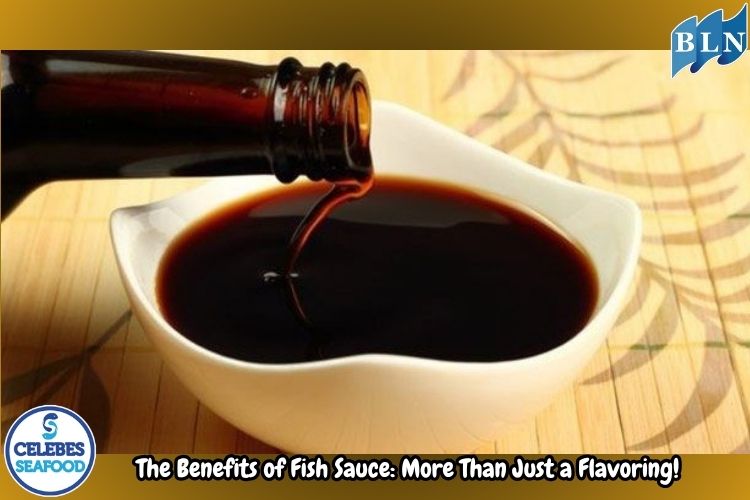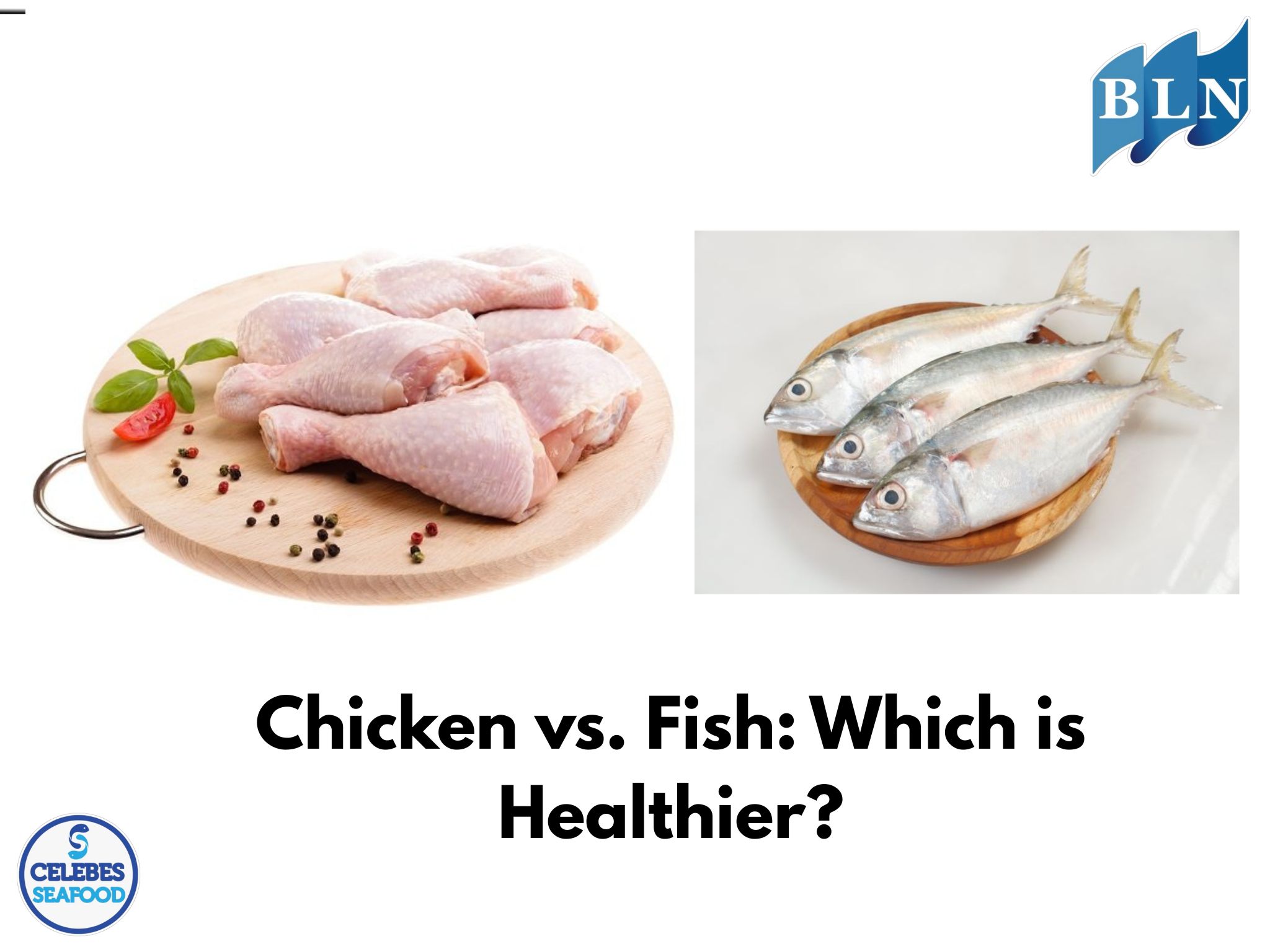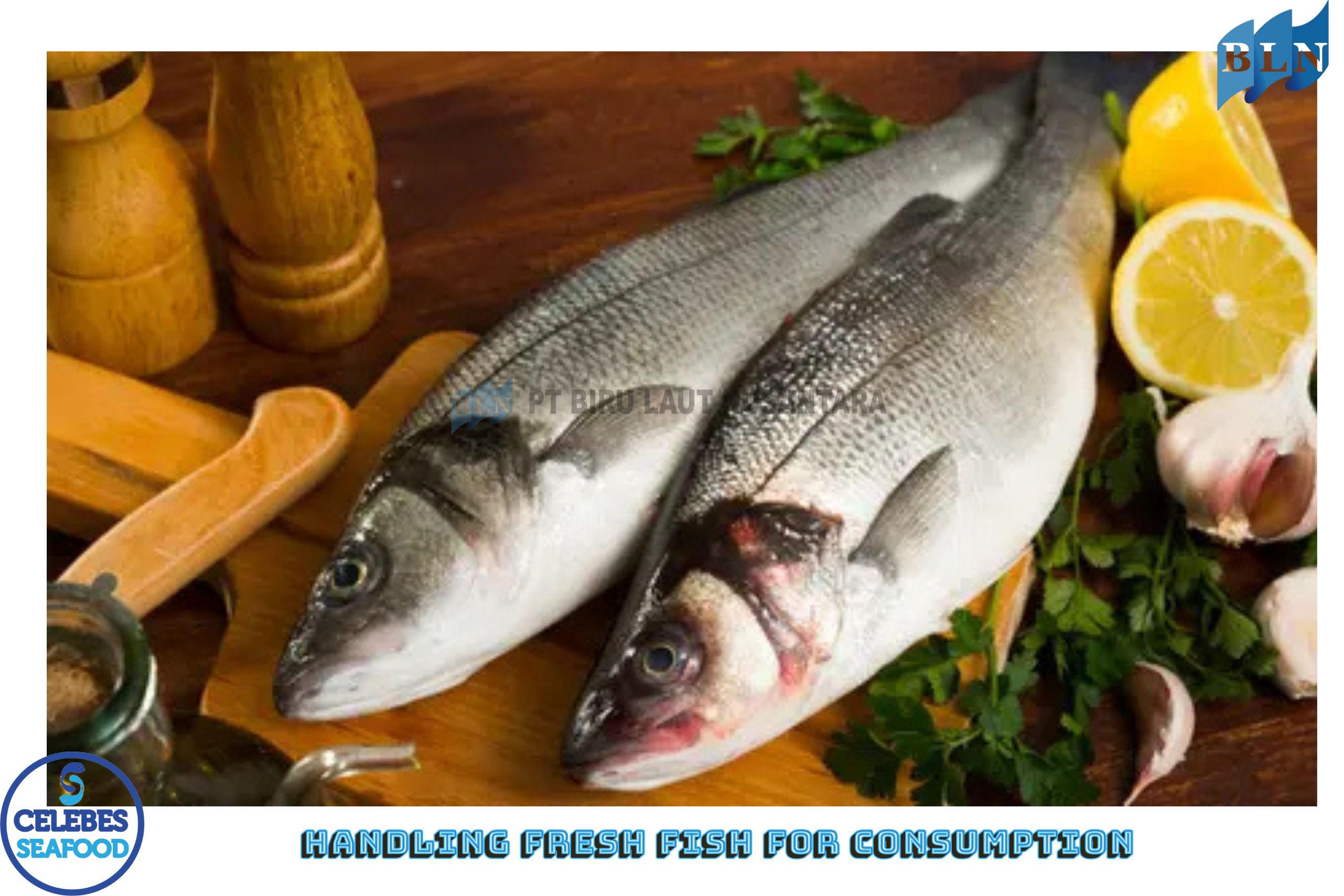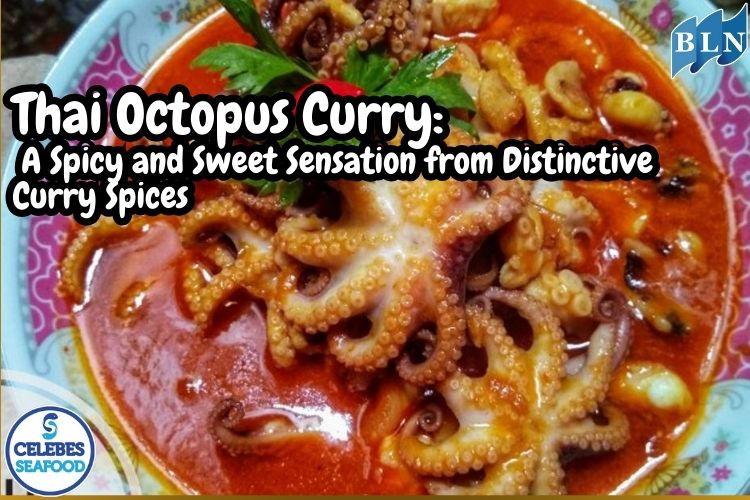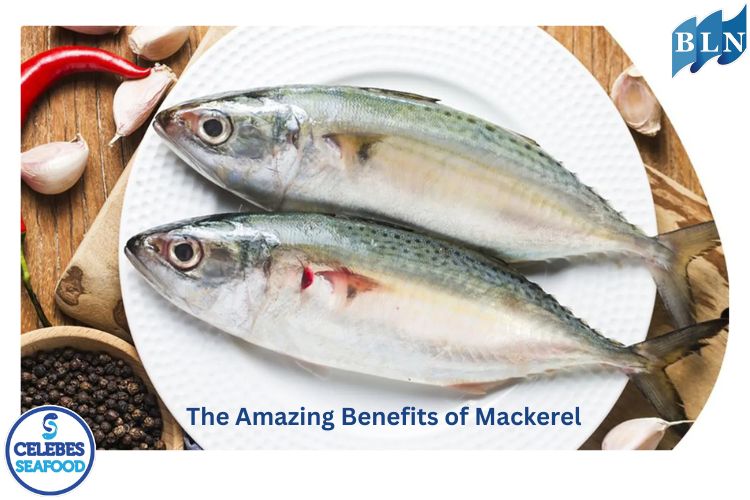5 Facts About Yellowtail Fusilier Fish
By. Rani - 25 Jun 2025
lautnusantara.com The Yellowtail Fusilier is a well-known marine fish. It's often sold in fish markets and is a popular choice for seafood lovers. According to Fishbase, Yellowtail Fusiliers typically have an average length of 35 cm, although some can reach a maximum size of up to 60 cm. This fish is characterized by its yellow upper back, tail fin, and caudal peduncle. Its underside and belly are bluish-white or pinkish.
The habitat and distribution of the Yellowtail Fusilier population are widespread across tropical oceans, geographically known as the Indo-West Pacific range. This area includes the Indian Ocean, the western Pacific Ocean, the South China Sea, the marine waters of Southeast Asia, India, and Australia. This fish is commonly found in waters at depths between 1 m and 60 m, as well as in shallow, somewhat muddy waters. Additionally, it can be found in coastal waters, usually above coral reefs and rocks.
1. Member of the Genus Caesio
The Yellowtail Fusilier, scientifically named Caesio cuning, is a member of the genus Caesio. According to Inaturalist, the genus Caesio consists of marine ray-finned fish native to the Indian and western Pacific Oceans. One species from this genus, Caesio varilineata, is known to have invaded the eastern Mediterranean Sea through the Suez Canal in a migration known as Lessepsian migration. Currently, there are 9 species included in this genus, and Caesio cuning is one of them.
Among the 9 species in this genus, two species have a physical appearance similar to Caesio cuning: the yellow and blueback fusilier (Caesio teres) and the yellowback fusilier (Caesio xanthonota).
Read Also : Biological Characteristics of Fish in Dealing with Changes in Water Temperature
Some information states that a unique fact about its specific scientific name, "cuning" in Caesio cuning, comes from the local Indonesian name "ikan tembra cuning" (kuning meaning yellow in Indonesian) to indicate the yellow color characteristic of the fish's tail.
2. Schooling Fish
The Yellowtail Fusilier is a schooling fish. According to the Australian Museum Lizard Island, the Yellowtail Fusilier is a planktivorous species that gathers in schools to feed on zooplankton or small crustaceans in the seawater. Young juveniles can school with other fusilier species, but as they grow, they will move into monospecific schools, meaning they school with their own species. Yellowtail Fusiliers mature and are ready to reproduce at one year of age and have a lifespan in the wild of about 5 years.
They reach sexual maturity quickly, and female fish have high fertility rates. They lay a very large number of eggs in the ocean, and spawning, or the process of egg release by the female followed by fertilization by the male, can occur throughout the year. One unique fact about the Yellowtail Fusilier's reproductive cycle is that their reproduction is influenced by the lunar cycle, as is the case with many other reef fishes. Changes in environmental conditions due to moonlight or tides influenced by the lunar cycle also affect the fish's reproductive activity. This fact suggests that Yellowtail Fusilier reproductive activity peaks during specific lunar cycles.
3. Popular in Indonesian Fish Markets
The Yellowtail Fusilier is an important catch for coastal fish markets. Several sources state that this fish is popular in Indonesian and Filipino fish markets. Indonesian fishermen typically catch this species using net fishing methods. In Indonesia, although not as popular as red snapper or giant trevally, seafood enthusiasts usually don't miss the opportunity to hunt for this fish in fish markets to be cooked and enjoyed.
For local fish markets, such as the famous Modern Muara Baru Fish Market in North Jakarta, Yellowtail Fusiliers can often be found for sale. Seafood lovers typically buy Yellowtail Fusilier there and have it prepared immediately at various eateries located on the upper floors of the market building.
4. High Nutritional Value
Besides being quite popular among seafood lovers, the Yellowtail Fusilier is a nutritious fish that is good for health. According to Fishbase, the Yellowtail Fusilier contains a relatively high protein content of about 19 to 20 grams per 100 grams of fish, and has a low fat content of about 1 to 2 grams per 100 grams of fish. The Yellowtail Fusilier is also a source of various vitamins and minerals such as Vitamin A, Vitamin B12, calcium, phosphorus, iron, Omega-3, and other unsaturated fatty acids.
Furthermore, a 2016 scientific journal publication titled "Characterization of Acid Soluble Collagen from Redbelly Yellowtail Fusilier Fish Skin (Caesio cuning)" revealed that the skin of the Yellowtail Fusilier has been researched as a raw material for collagen production because collagen can be extracted from fish skin. The journal explained that the research aimed to determine the optimum concentration and time for pretreatment and extraction, as well as to characterize the acid-soluble collagen from the Yellowtail Fusilier's skin. Collagen has several important functions, including assisting in wound healing, reducing skin wrinkles, improving joint health, and enhancing hair and nail health.
5. Conservation Status: "Least Concern"
As informed by the official IUCN (International Union for Conservation of Nature) Red List website, the conservation status for the Yellowtail Fusilier is "Least Concern". "Least Concern" is a status for species that have been evaluated and categorized by the IUCN as not being of special concern because the species is still abundant in nature and is not included in the threatened or endangered categories.
Nevertheless, like many other consumed marine fish species, the Yellowtail Fusilier faces a threat from overfishing, which is a situation where the fish are caught at a rate greater than the species' ability to replenish its population in the wild. Some information indicates that there has been a reduction in Yellowtail Fusilier populations in some areas due to this overfishing issue, but fortunately, in most of its distribution range, the Yellowtail Fusilier population remains stable.
If you are interested in our HALIBUT FILLET SKINLESS, HALIBUT WHOLE ROUND / HALIBUT WHOLE GILLED GUTTED please do not hesitate to contact us through email and/or whatsapp.

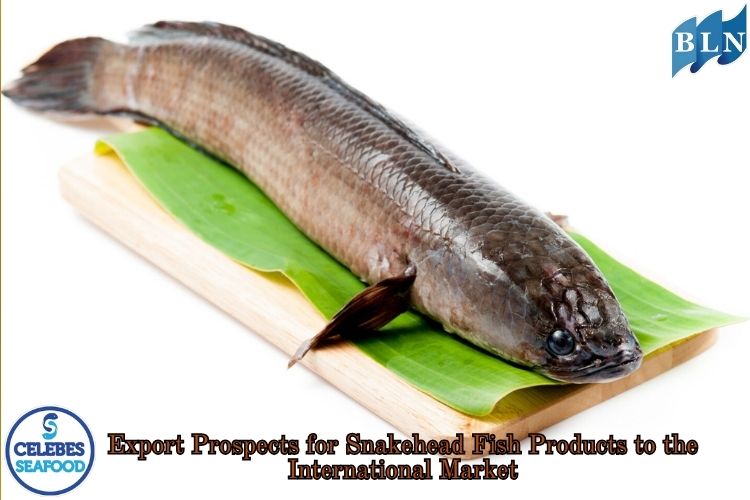
.jpg)
.jpg)
